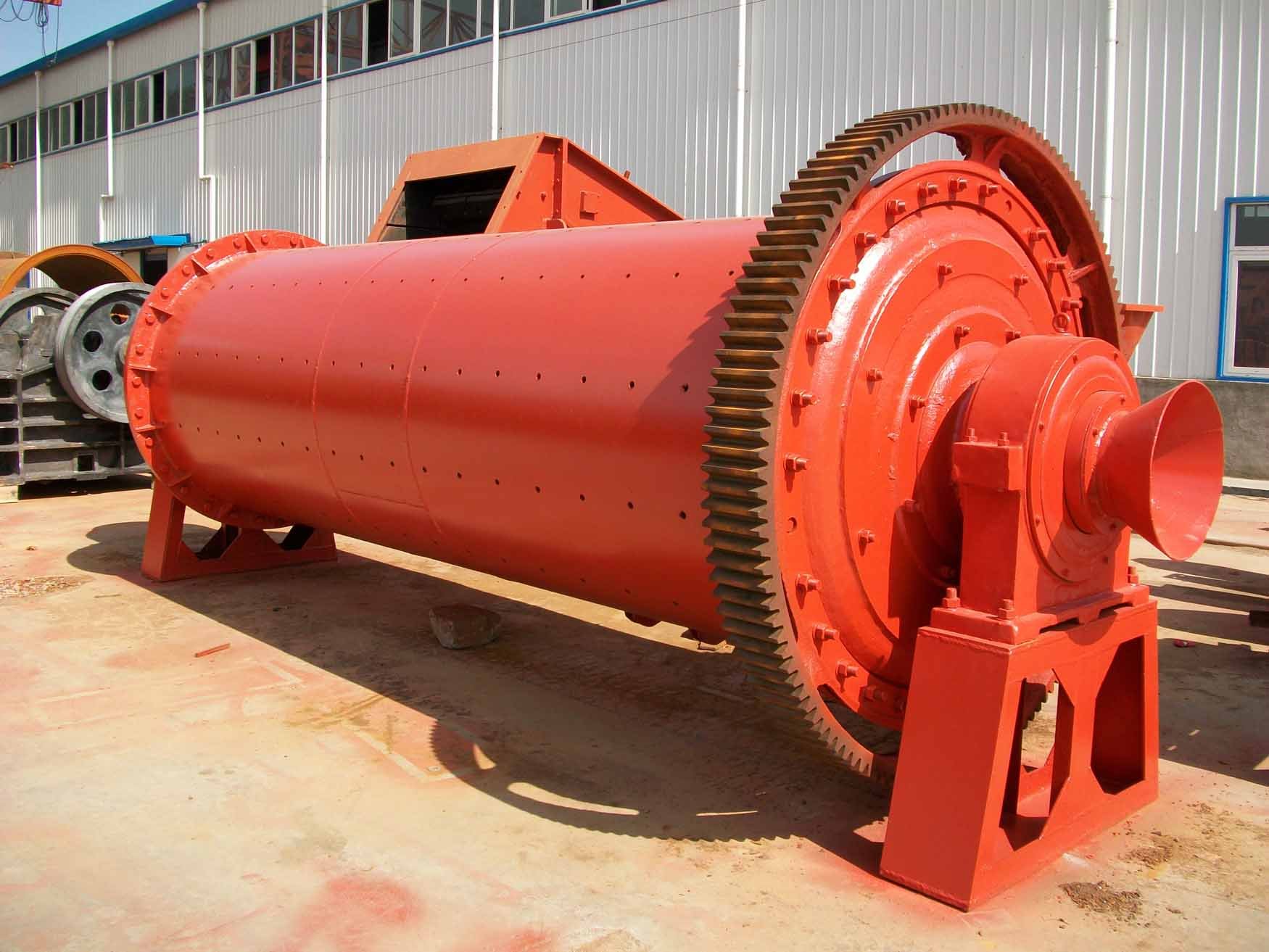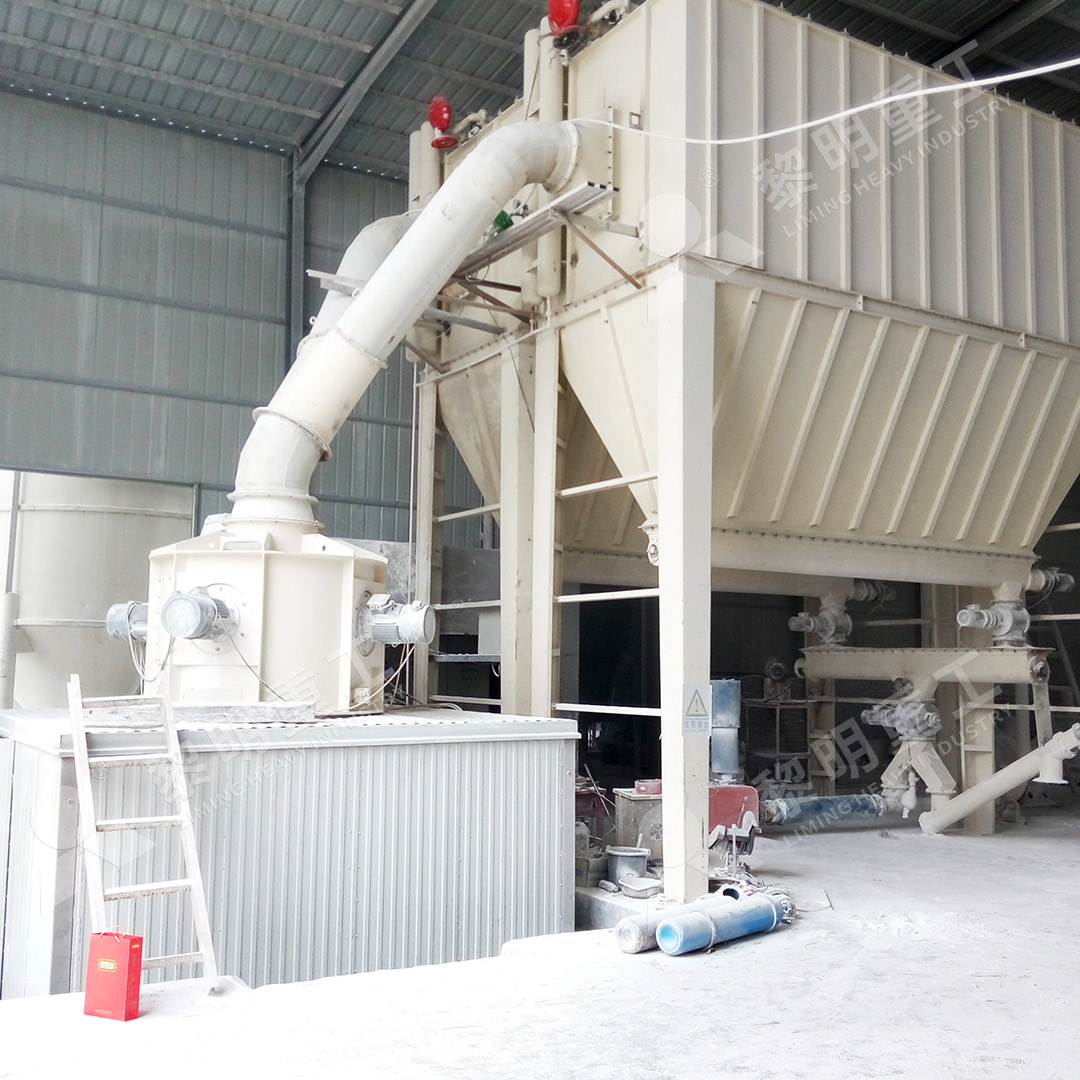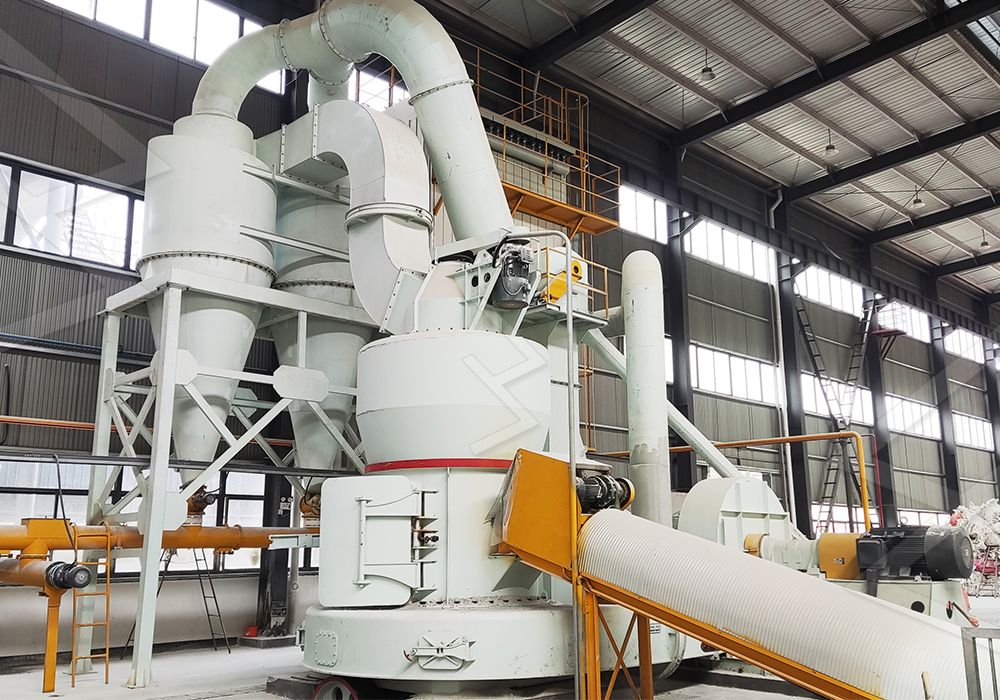Calculation of Grinding Media Weight and Size Distribution for Ball Mills
Calculation of Grinding Media Weight and Size Distribution for Ball Mills
Proper selection and calculation of grinding media is a fundamental aspect of optimizing ball mill performance. The weight, size distribution, and composition of the grinding balls directly influence grinding efficiency, energy consumption, and the final product fineness. An incorrect media charge can lead to poor product quality, excessive liner and ball wear, and higher operational costs. This article outlines the key principles and calculations involved.
1. Determining the Total Weight of Grinding Media
The first step is calculating the total mass of grinding media required to charge the mill. The optimal weight is a function of the mill’s internal volume and the desired filling ratio. A common filling ratio for ball mills is between 25% and 35% of the mill’s internal volume. The bulk density of the grinding media (typically between 4.5 to 4.8 tons per cubic meter for steel balls) is a critical factor in this calculation.
The formula for calculating the total mass (M) of the grinding media is:
M = φ * V * ρ
Where:
φ = Mill filling coefficient (e.g., 0.25 for 25%)
V = Internal volume of the mill (m³)
ρ = Bulk density of the grinding media (t/m³)

2. Selecting the Optimal Size Distribution
Using balls of a single size is highly inefficient. A properly graded charge, consisting of balls of different diameters, is essential for effective grinding. The size distribution should complement the feed material’s particle size. Larger balls are responsible for breaking down coarse feed particles through impact, while smaller balls fill the voids between larger balls, providing attrition and grinding for finer particles.
Several empirical formulas exist to determine the maximum ball size needed. One common method is based on the work of Bond:
B = (F / K)^0.5 * (Wi * SG / (100 * Cs * (D)^0.5))^0.334
Where:
B = Ball size (mm)
F = Feed size (microns)
Wi = Bond Work Index (kWh/t)
SG = Specific gravity of the feed
Cs = Fraction of critical speed
D = Mill internal diameter (m)
K = A constant (e.g., 350 for wet overflow mills)
Once the largest ball size is determined, a balanced mix of smaller sizes is added. A common rule of thumb is a distribution that follows a ratio, such as 40% large, 40% medium, and 20% small balls, though this must be tailored to the specific application.
3. Alternative Milling Solutions
While ball mills are versatile, they are not always the most efficient solution, especially for ultra-fine grinding applications where energy consumption can be prohibitively high. For operations requiring superior efficiency and finer outputs, advanced milling technologies offer significant advantages.
For instance, our MW Ultrafine Grinding Mill is engineered specifically for customers needing to produce ultra-fine powder. With an input size of 0-20 mm and a capacity range of 0.5-25 tph, it excels in applications involving limestone, calcite, dolomite, and talc. Its design incorporates a highly efficient cage-type powder selector, allowing for precise fineness adjustment between 325-2500 meshes. A key feature is the absence of rolling bearings and screws in the grinding chamber, eliminating common failure points and enabling worry-free, continuous 24/7 operation. Furthermore, its integrated pulse dust collector and muffler ensure the production process is both eco-friendly and quiet, meeting stringent environmental standards.

4. Monitoring and Replenishment
The initial media charge is not static. Grinding media wears down over time, which changes the size distribution and reduces the total charge weight. To maintain optimal mill performance, the media charge must be regularly monitored and replenished. This typically involves periodically adding a predetermined amount of the largest ball size to compensate for wear and maintain the designed size distribution profile. Failure to do so results in a gradual decline in grinding efficiency and throughput.
For operations seeking even greater control and efficiency in fine powder production, our LUM Ultrafine Vertical Grinding Mill presents an excellent alternative. It integrates ultrafine powder grinding, grading, and transporting in a single unit. With an input size of 0-10 mm and capacity of 5-18 tph, it is ideal for superfine dry powder of non-metal ores. Its design features unique roller shell and lining plate grinding curves for higher yield rates and better product quality. The multi-head powder separating technology, combined with a PLC control system, allows for precise control over grinding parameters, reducing energy consumption by 30%-50% compared to conventional mills. Its reversible structure also simplifies maintenance, drastically reducing downtime.

Conclusion
Accurately calculating the weight and size distribution of grinding media is not a one-time exercise but an ongoing process critical for sustaining ball mill efficiency. By understanding the principles of mill filling, size selection, and wear compensation, operators can significantly reduce costs and improve product quality. For applications demanding ultra-fine powders and higher energy efficiency, considering advanced milling solutions like the MW or LUM series can provide a substantial competitive edge, offering greener, more automated, and more reliable performance.
